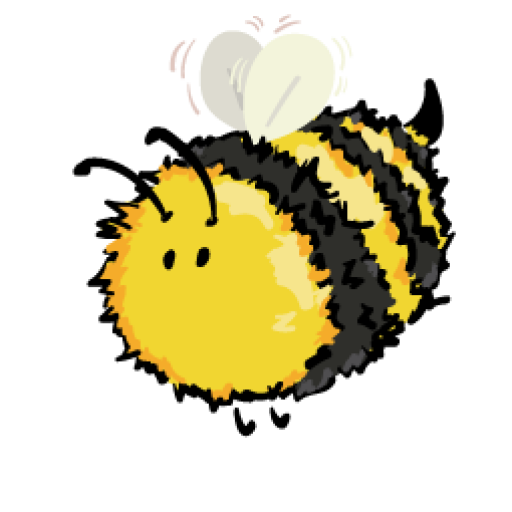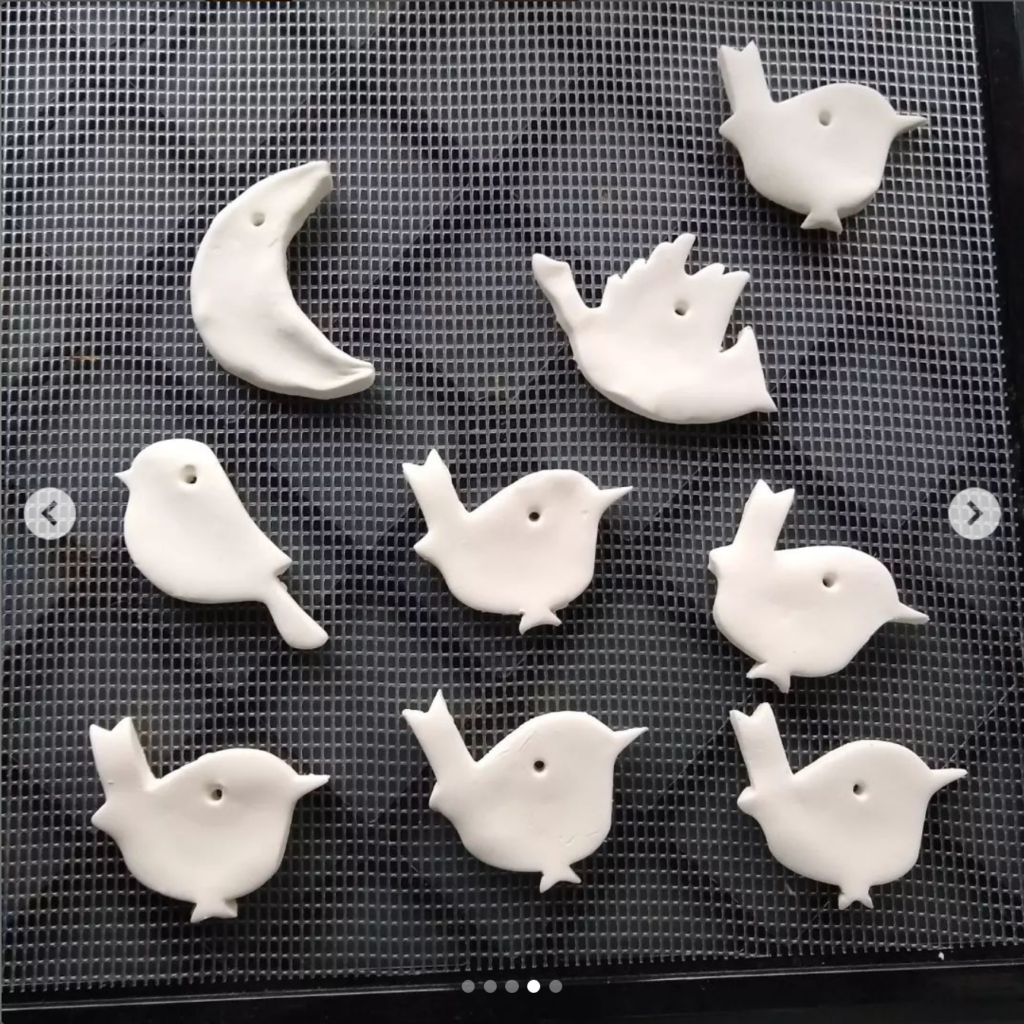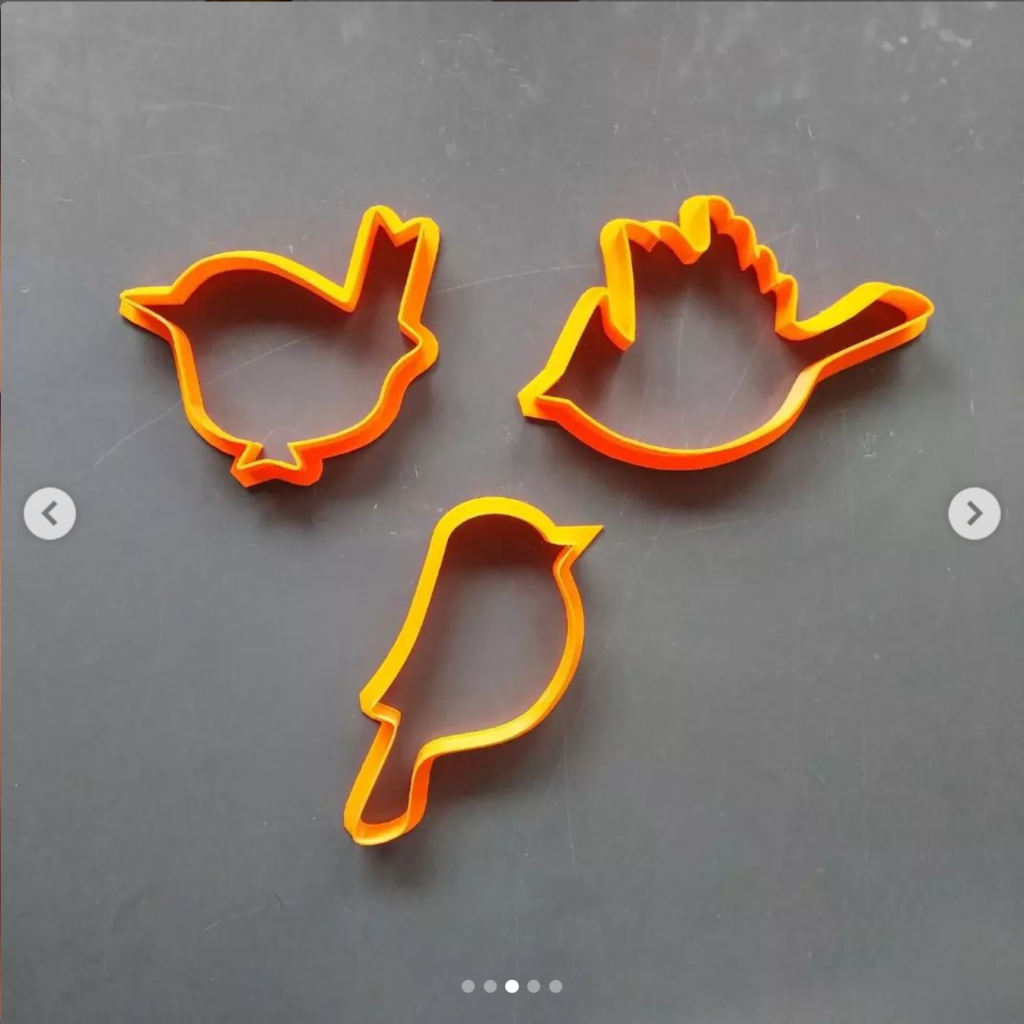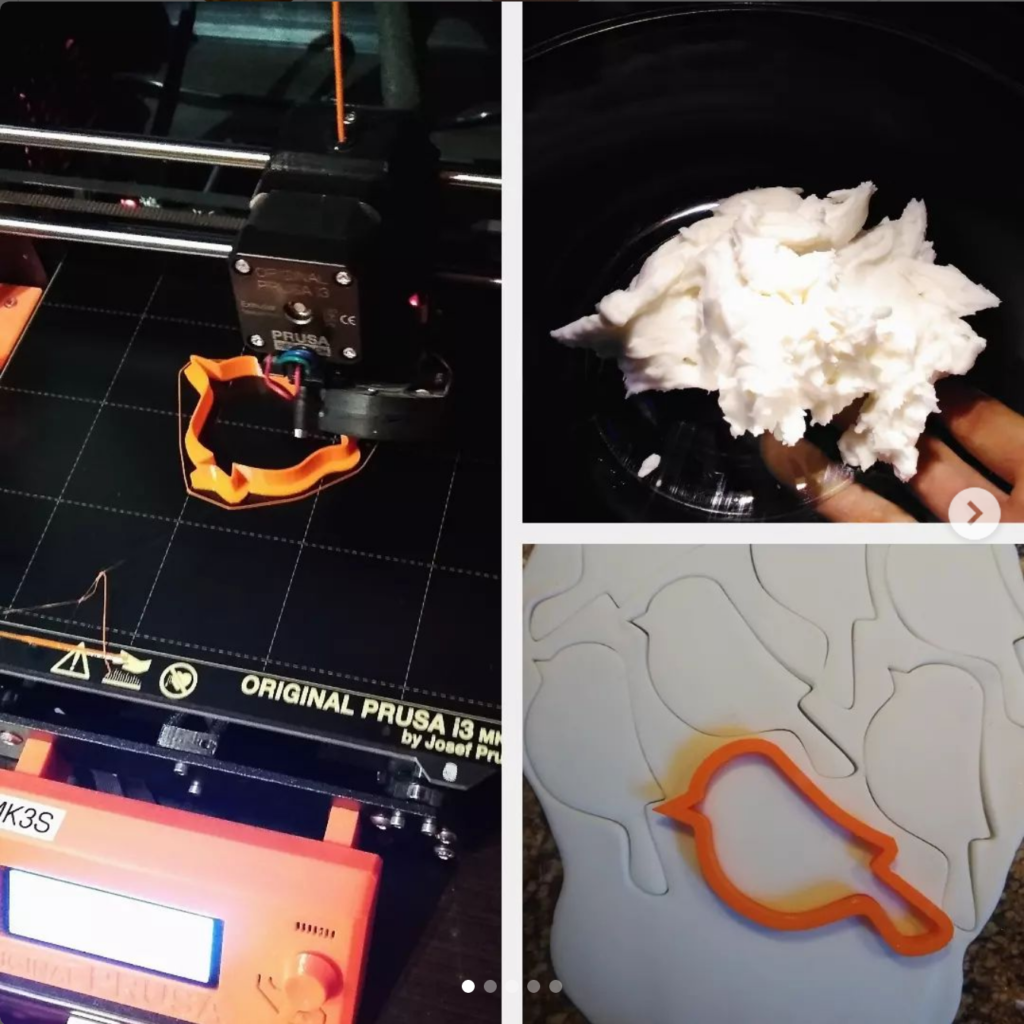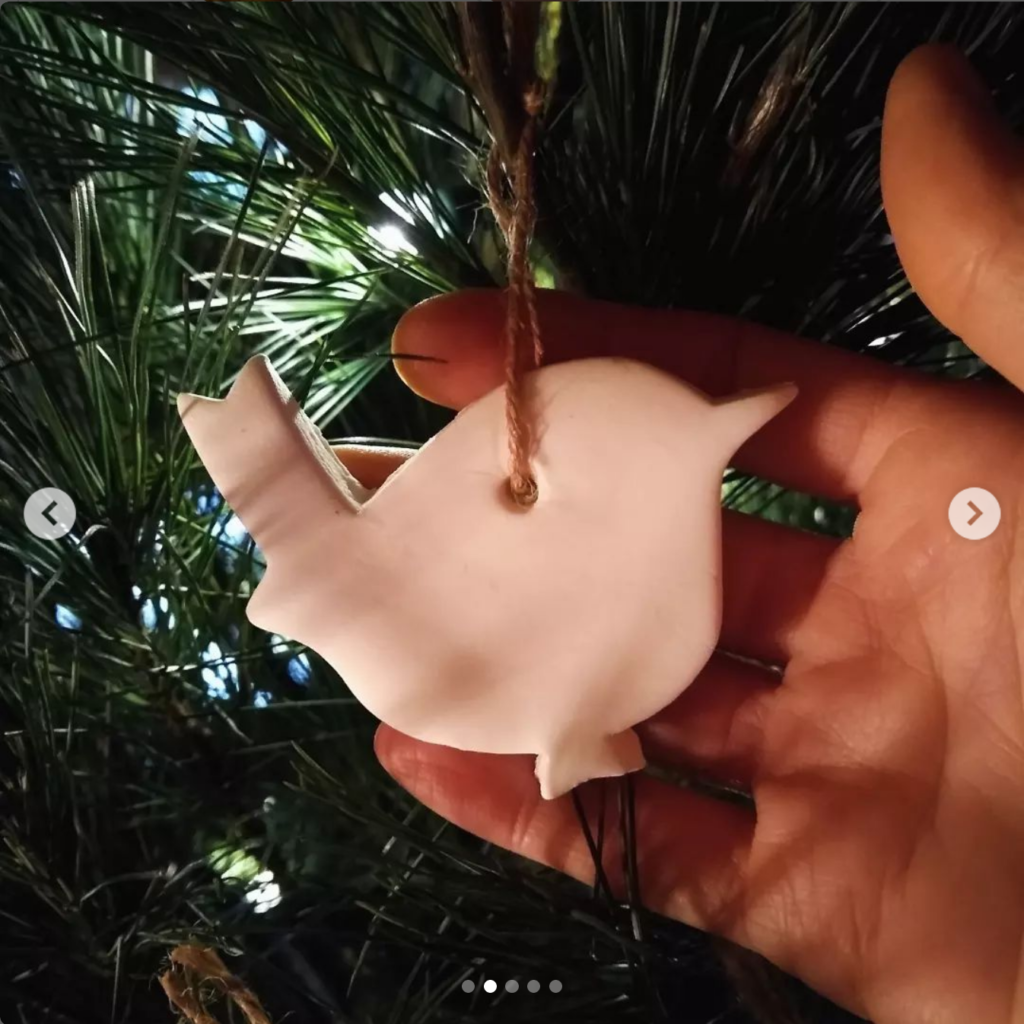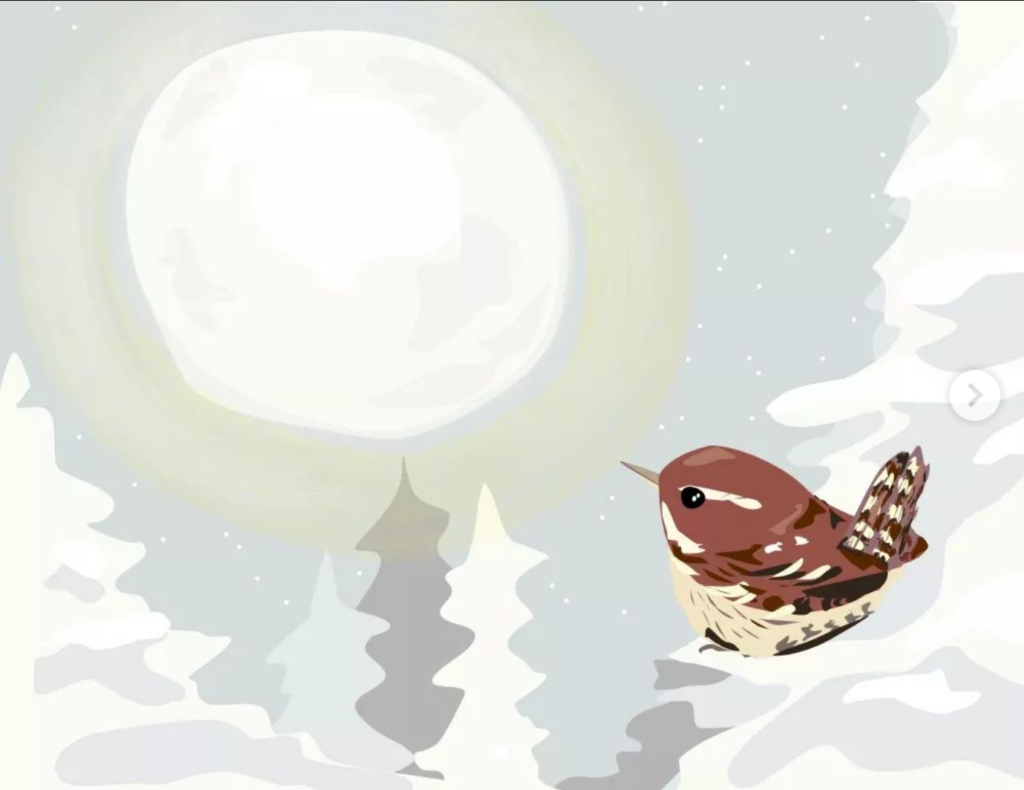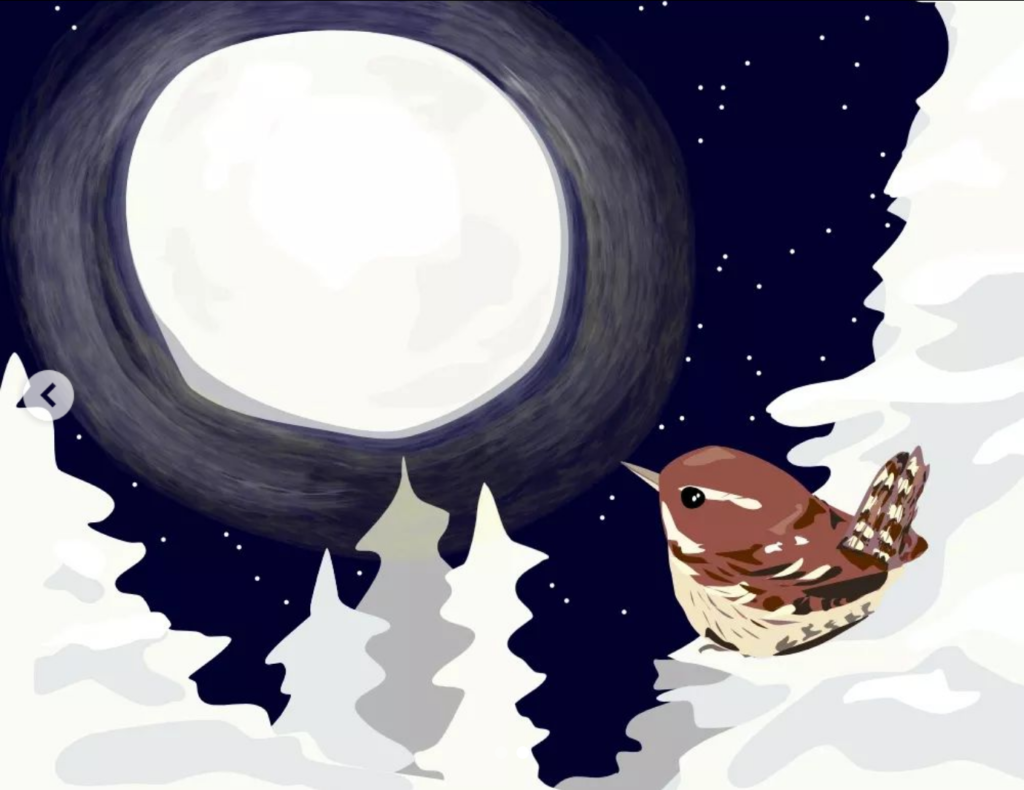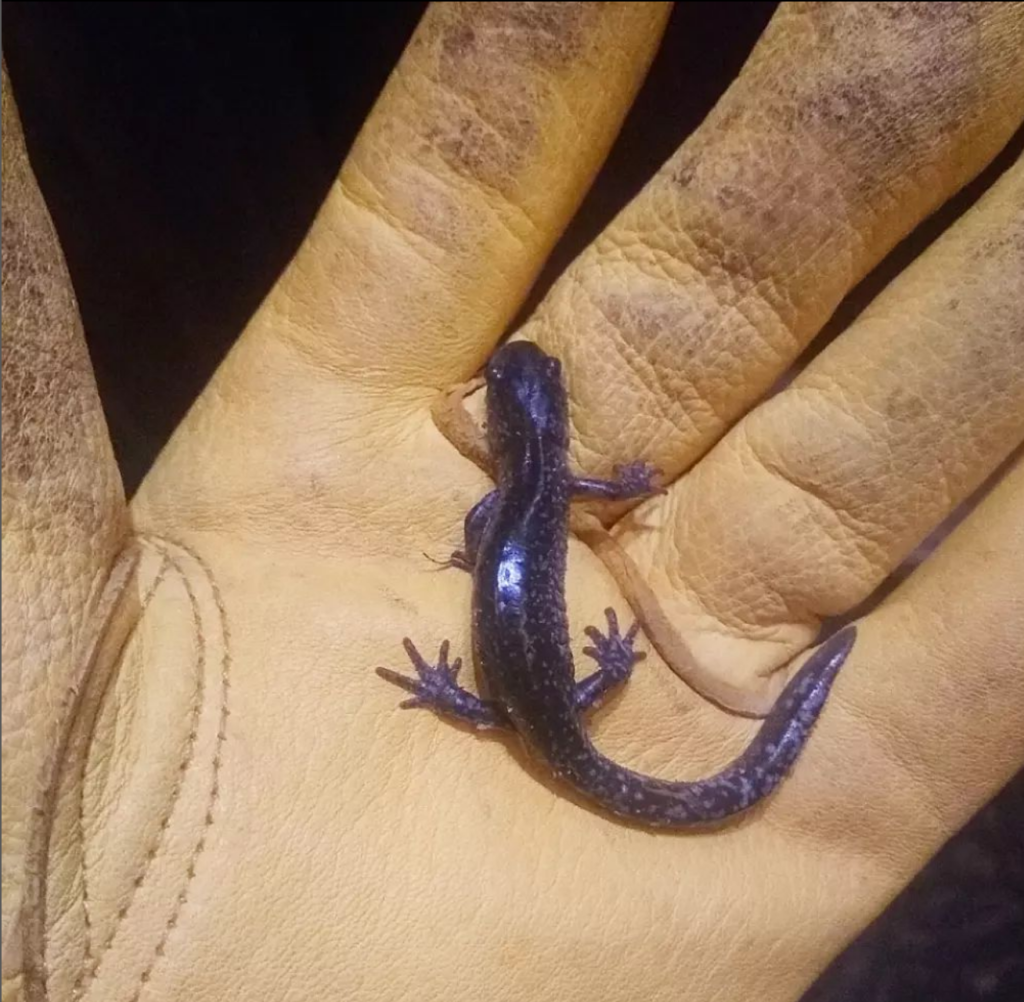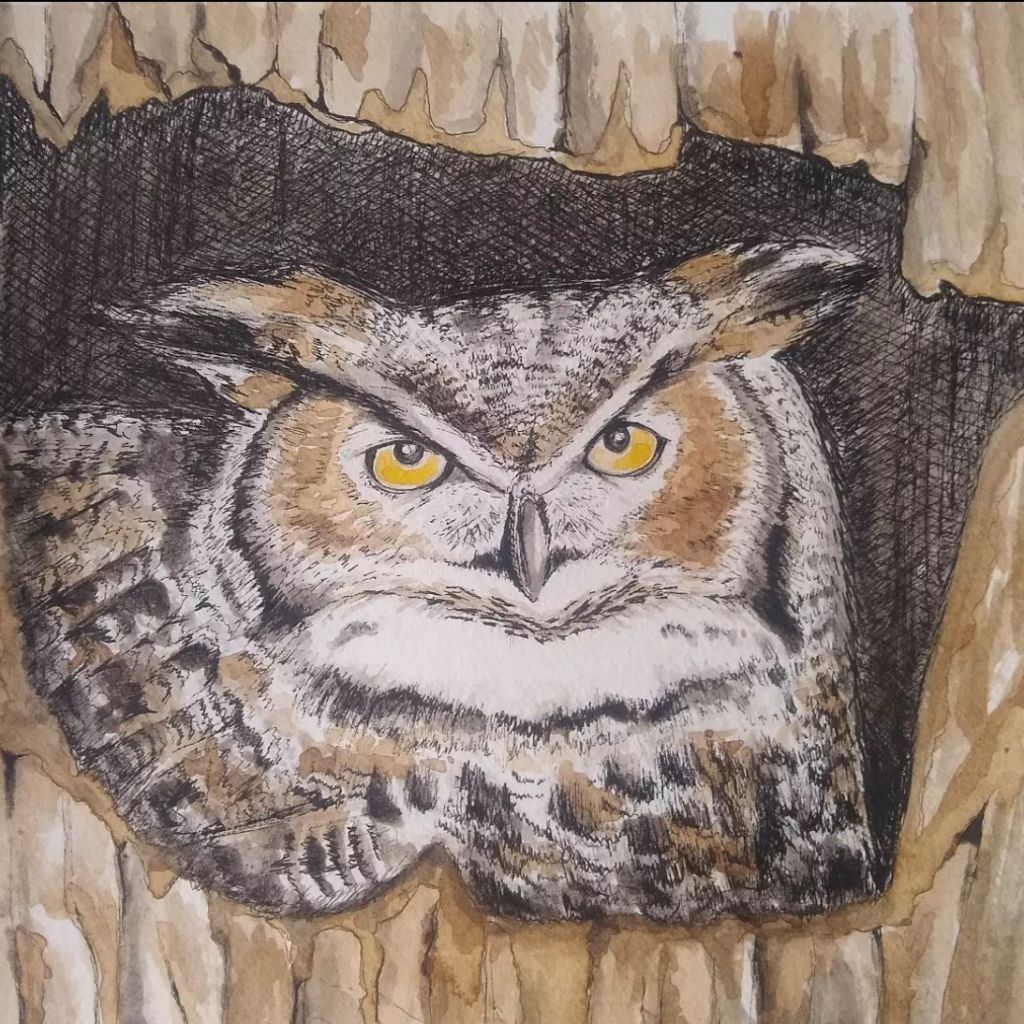
Great Horned Owl. Painted with oak galls, acorns, and saffron (locally-grown).
//
When I was a kid, my favourite book was “Granny’s Gang” by Katherine McKeever. It’s the story of Kay and Larry’s life with various injured/orphaned/recovering owls. (The titular “Granny” is a spectacled owl.)
I grew up in the ‘burbs of North York. First in a townhouse, then a house for awhile, then a townhouse again. There were a few wild pockets scattered around the cul-de-sacs and train tracks. And I was lucky to have them. But if there were owls around, I never encountered them.
Owls lived in dreams and imagination, not my neighborhood.
Forty years later, I live in a different habitat. Here, owl song signals the start of winter. I’ll dash outside some night in December. Taking out an overripe compost bucket, or doing a final chicken check. And though I’m probably not wearing a coat, I’ll take a moment to look up at… 🎶hoo-h’HOO-hoo-hoo🎶 …the stars.
The call interrupting my thoughts announces the magic is happening again — the owls are picking their partners and territories. Baby owls are just around the corner… Literally.
For some, winter is a time of rest. For others, deep struggle and hard won survival. For the great horned owl, it’s baby-making time. They are very early nesters, and in Ontario, by January-February, proceedings are well underway.
For now, the owls can call this place home. Humans too. Though both our perches here are fragile.
Whatever else we do here, our life’s work is the protection and encouragement of the little forest where we live. To try and pass a healthy woods forward for the humans and critters we hope come after us. Full of big trees and baby owls, and all the critters we see and hear — and all the ones we don’t.
//
🦉📖: In my 30s, I learnt Kay’s centre is in Vineland Station, Ontario. It still operates today, as The Owl Foundation. It was a dizzying discovery, like learning The Jungle Book was real and you could get to it by TTC. I was incredibly fortunate to meet and thank Kay before she passed. Secondhand copies of Granny’s Gang can still be found, renamed “A Place For Owls”.
~Kate
